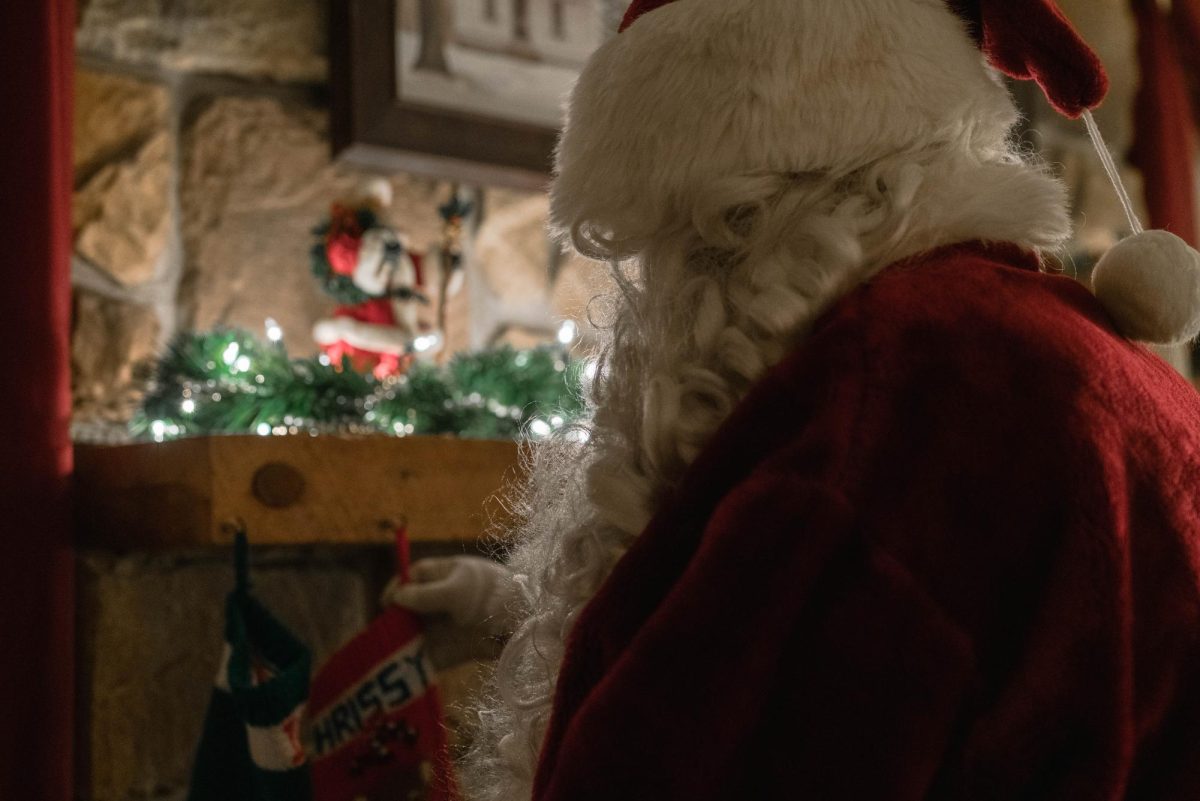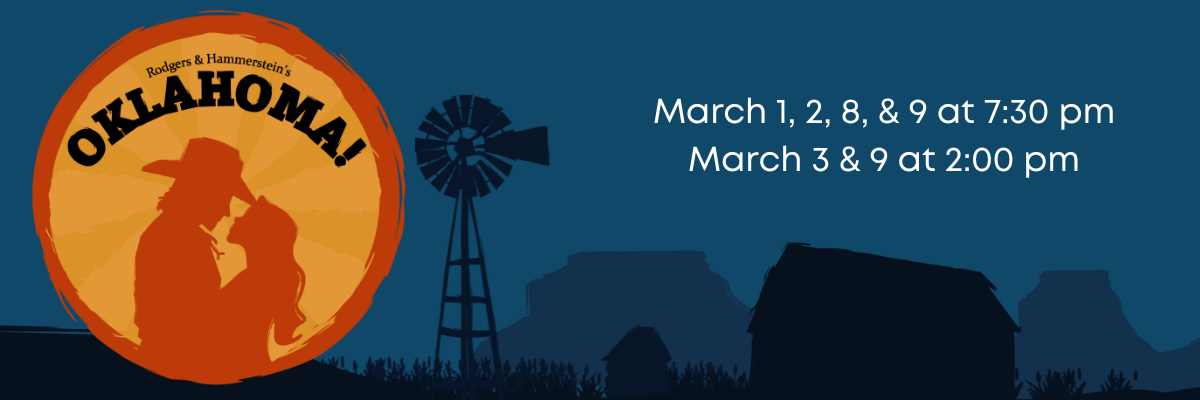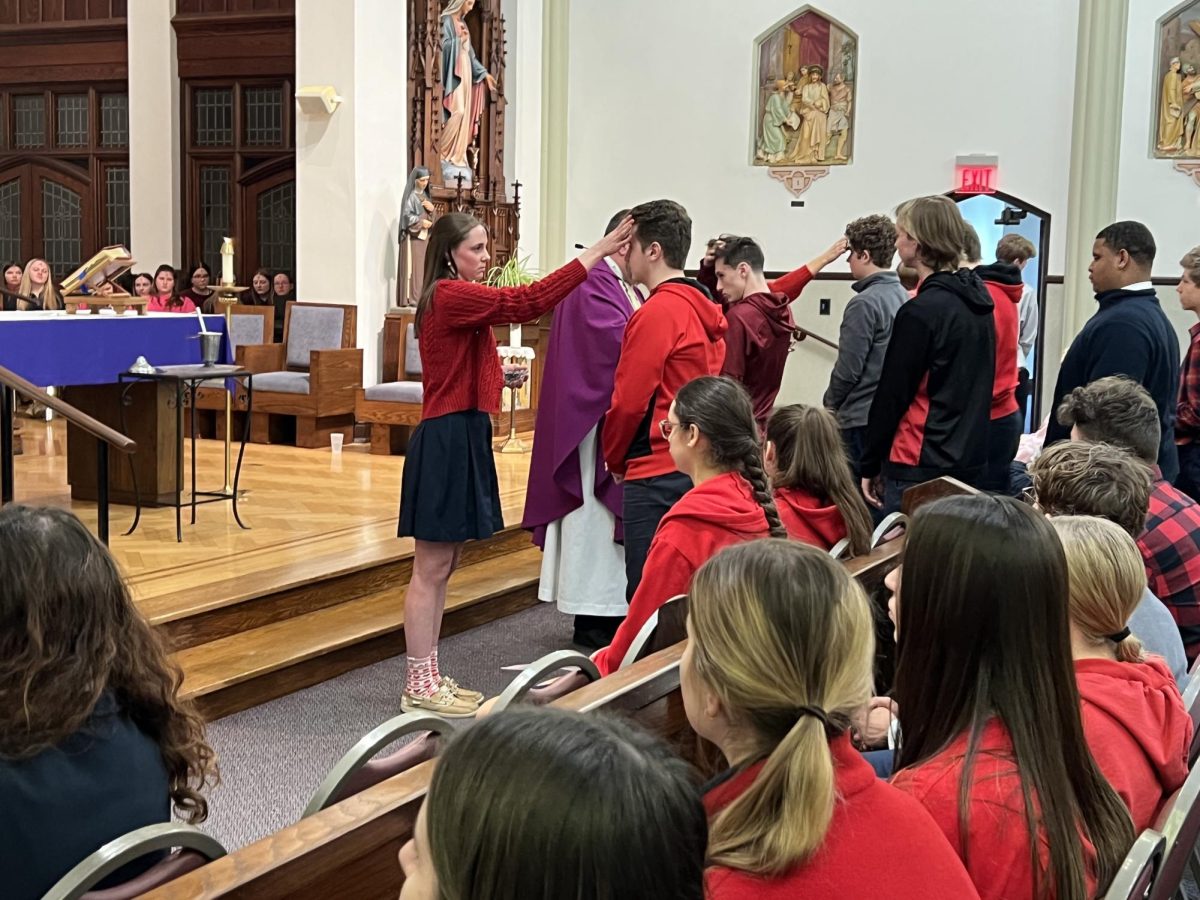Santa Claus – We all know him. A jolly, portly, old man with bright red clothing and a sack full of toys, who drops down the chimney after flying around in a reindeer pulled sleigh. A legend amongst children and a convenient excuse for parents to get their little devils to behave. For many of our lives, this has always been the accepted Christmas canon, but it hasn’t always been this way.
Along with the name we know and love, most would also know him by Saint Nick, but who is Saint Nick? Saint Nicholas was born roughly around 280 A.D, in Patara, a Roman port city in southern Turkey. He came from a wealthy family, and became bishop of Patara. Saint Nicholas was a passionate Catholic and a participant in the council of Nicea, he was canonized in 1446 as the patron saint of children and sailors. Known for his kindness, he wandered the countryside frequently, giving gifts and spreading his wealth. One of the stories most commonly associated with him is that he threw three bags of gold down a chimney for three girls and their poor father, so they could pay for their dowries. A lesser known one, although incredibly popular in the middle ages, was when Saint Nick resurrected three children who had been murdered by an innkeeper. The combination of his deeds, his faith, and his reputation made him one of the most popular saints in Europe. People across the continent revered him as the gift bringer on December 6th, his feast day.
The Protestant Reformation brought great change to Europe, including less reverence for saints, diminishing the popularity of Saint Nick. In his stead, many other Christmas characters started to appear, usually monstrous and frightening in appearance. Monsters such as Krampus in Central Europe became popular, scaring little children into being good for fear of punishment. Holland remained steadfast in their love for Saint Nicholas however, still remaining as a popular Christmas Time figure. They called him Sinter Klaas, a shortened version of Sint Nikolaas. The Dutch brought Sinter Klaas with them to New Amsterdam, also known as New York City, forming the roots of the most famous Christmas tradition in America. Eventually, Sinter Klaas would evolve to become Santa Claus as it spread throughout the years.
Christmas was mainly a holiday for partying and drinking in English culture, and that translated over to English settlers in America, this tradition continued up until the early 19th century. During this time Saint Nick started to permeate American pop culture through various books and poems, such as Washington Irving’s Knickerbocker’s History of New York or an anonymous poem titled “The Children Friend.” The greatest contribution to Santa as we know him today was a poem called “An account of a visit from Saint Nick,” otherwise known as “Twas the Night Before Christmas.” An episcopal minister named Clement Moore wrote this poem for his children in 1822, and the imagery and story of the poem are what inspired the image of Saint Nick for years to come, in combination with Thomas Nast’s popular illustration of Santa Claus. From now on, Santa was the face of the non-religious side of Christmas festivities. In the 1840’s, thousands of children visited a life size wooden statue of Santa Claus in Philadelphia. Christmas advertisements started to feature a chubby, merry old man dressed in festive clothing. The tradition of dressing up as Old Saint Nick began in this era as well, with the salvation army in the 1890’s sending unemployed men dressed as Santa Claus to acquire donations. By now, Santa Claus had become firmly established in American Christmas tradition, and spread to other areas of the world.
Although Saint Nick was already well known in Europe, the American Santa Claus inspired other cultures to make their own jolly gift giver. The monsters and beasts who had usurped Saint Nick’s Christmas tradition were now being replaced by local variations of Santa Claus. In France, he is known as Père Noël, in England as Father Christmas, and Ded Moroz in Eastern Slavic countries. Many other Santa variants exist in other areas of the world, but their origins all come from Santa Claus, who in turn came from Saint Nicholas.
Sources:














